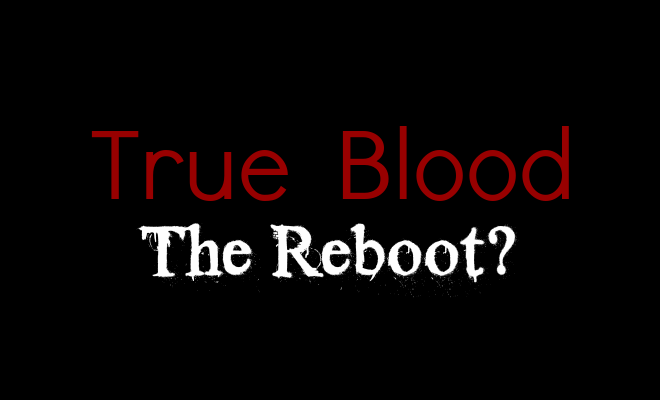Mythology: Something More Than Just Crabgrass
In episode 11, Maryann comes out of woods on a frightened Lafayette with a bit of vegetation in her hand. She explains that it is horse nettle, also called bull’s nettle, the Devil’s tomato and the apple of Sodom….Boy do the folks writing for True Blood need a crash course in herbology.
All nettles are members of the nightshade family and are to some degree poisonous. The more obnoxious thing about the nettle is the stinging fine hairs that grow on the fibrous stems and leaves of the plant. In their raw state, they are a skin irritant and may even cause a rash. Because they are members of the nightshade family they do have a mild level of toxins, but you would have to eat more than your fair share to become sick and even them you are likely to have only a severe case of diarrhea. Nettles, in proper amounts, and cooked like greens, removing the stinging nettles, are very nutritious, have tons of vitamins, and lots of iron.
Back before modern medicine, nettles were used to clean one out, as tonic for the kidneys and as na expectorant for the lungs. It does have a bitter flavor but this was favored to cleanse a tired pallet and as seasoning for wild game. It was also thought of as an abortive, that is it would induce a miscarriage (though this may be herbal myth and should never be tried) and as a wash to stimulate child birth (sort of an old fashioned petosin).
It was also thought of in magical circles as an aphrodisiac. A potion of nettle tea or a warm poultice on a tired man was thought to bring him to life and ready for love.
The Apple of Sodom is kin to the mandrake and grows exclusively in Israel. Mandrake, also called the may apple, was thought to be the soul of seeds blown onto the ground during an act of Oananism (male masturbation) or through the automatic orgasm of man who has been hanged. It gets it’s name because it is thought to be found grown primarily in the location of the Biblical Sodom and Gomorrah and is not related to the Devil’s Tomato.
It is also well known as an aphrodisiac and as a sedative.
Both plants and their fruit can also be used as a gate way to spiritual communion with the gods and is used in the most notorious of potions of all in magic, the flying potion.
Sources: The Complete Herbal by Nicholas Culpepper, The Master Book of Herbalism by Paul Bereryl, and Magical Herbalism by Scott Cunningham






3 Comments